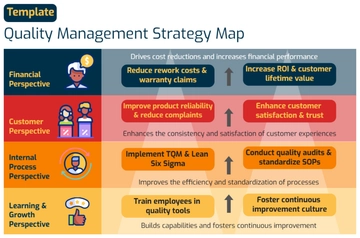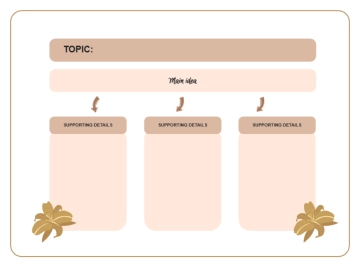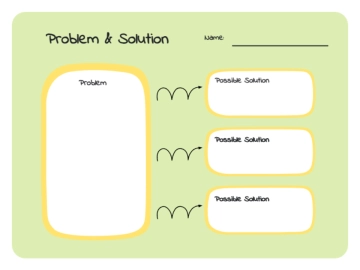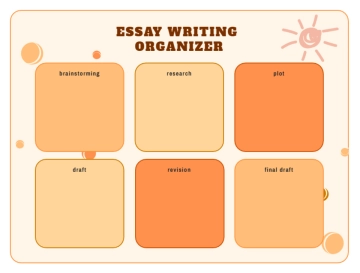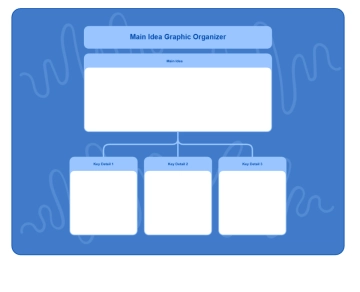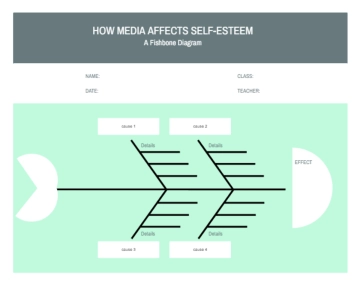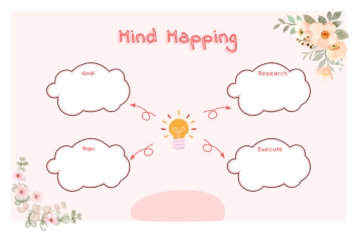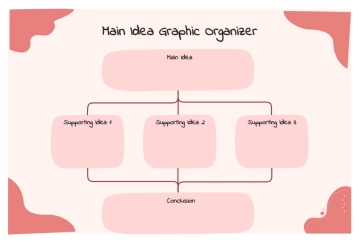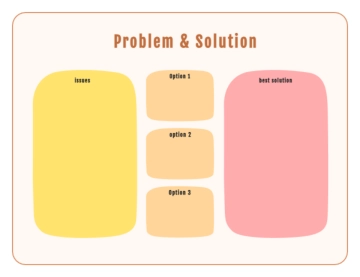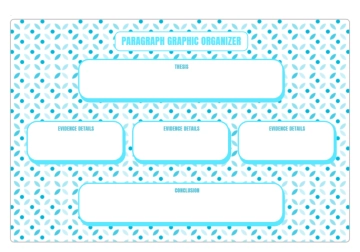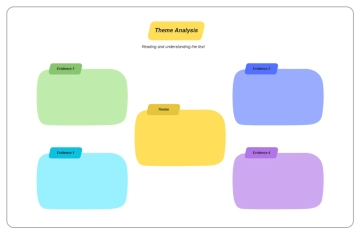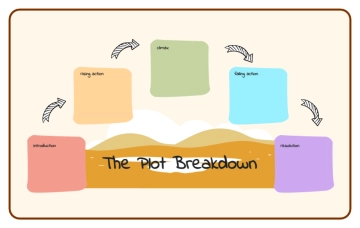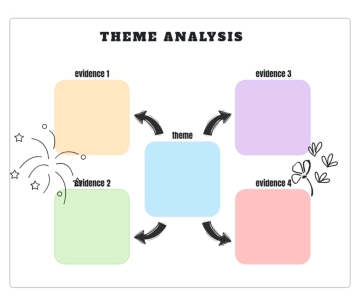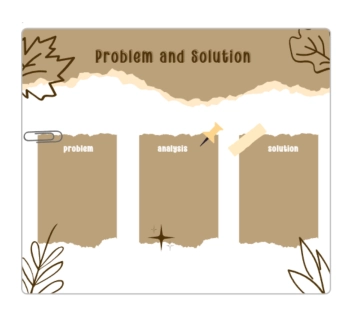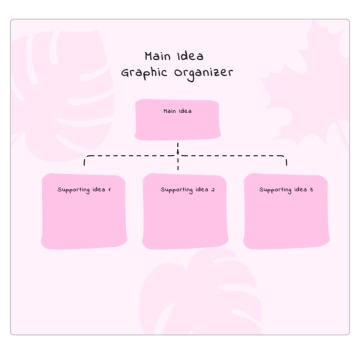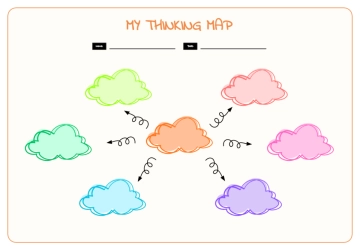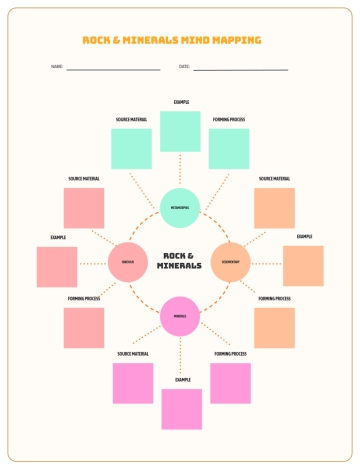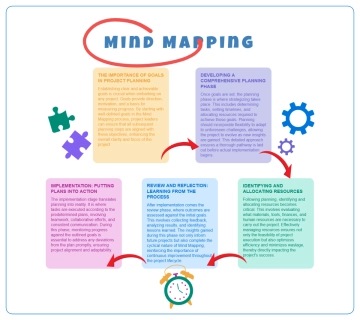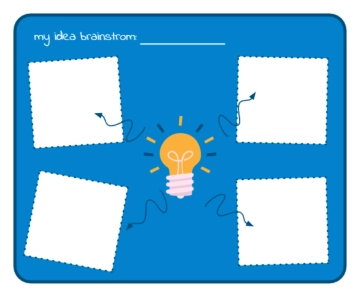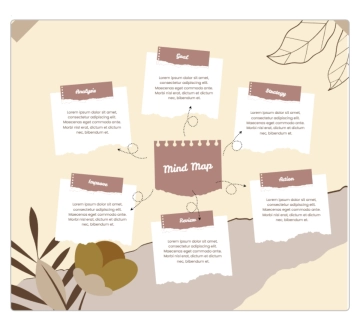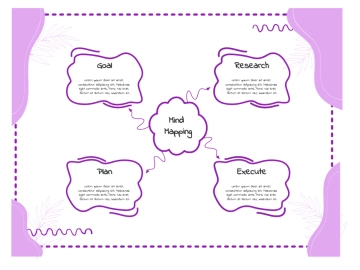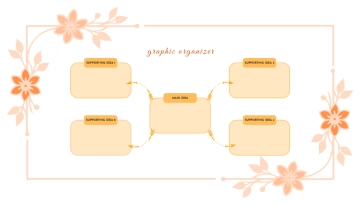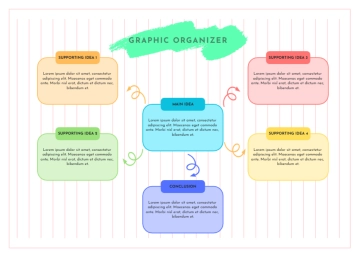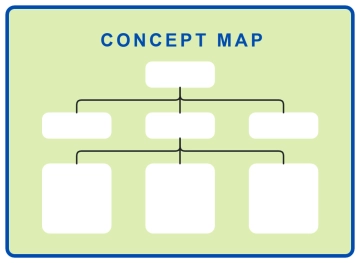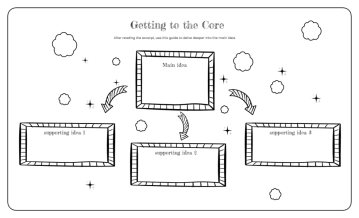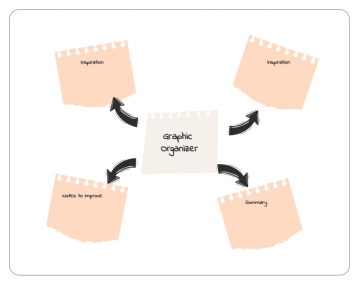Free Consulting Firm Strategy Plan
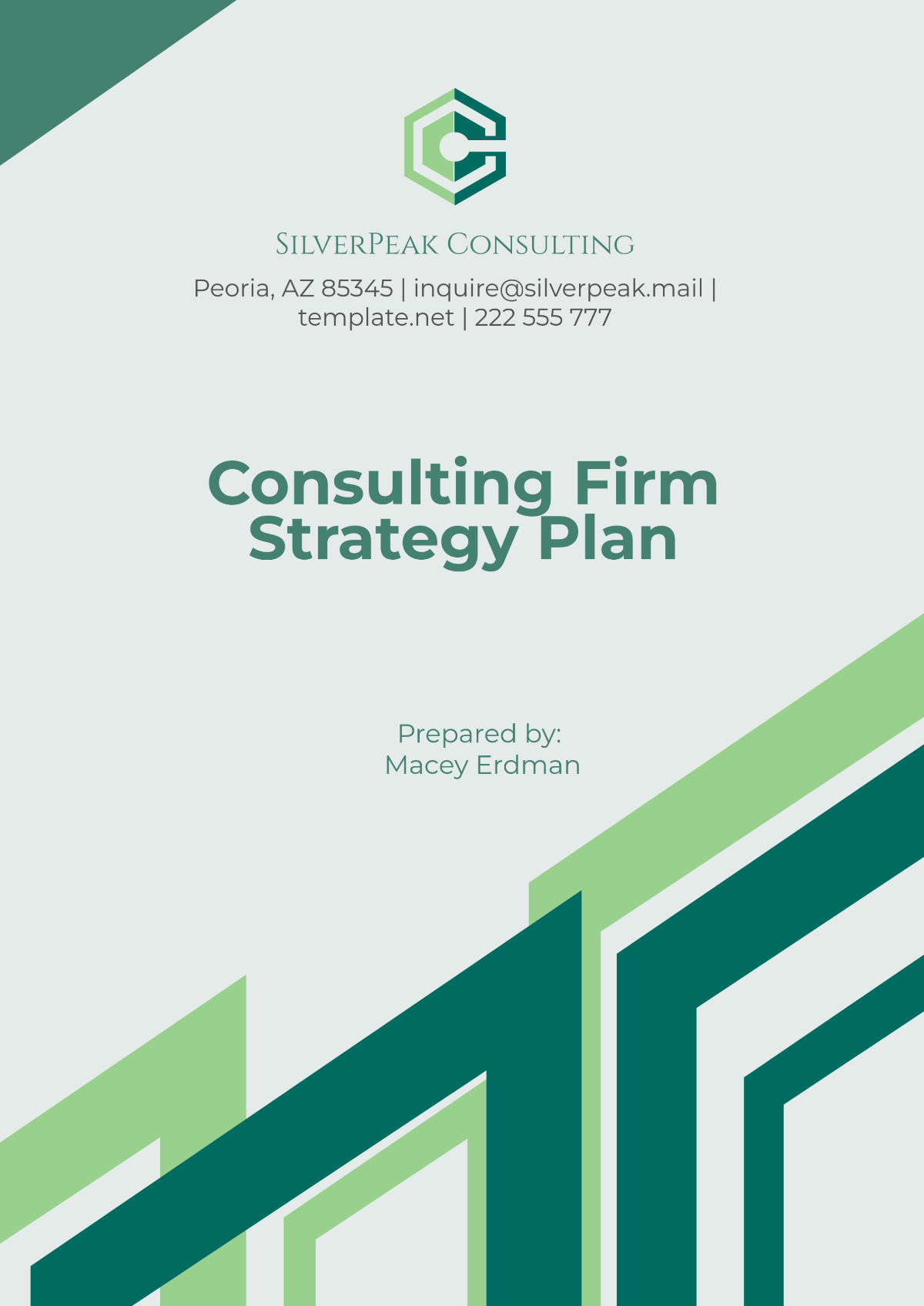
I. Executive Summary
A. Overview of the Firm
[Your Company Name] is a premier consulting firm specializing in strategy and management services for mid-market and large enterprises. With over 15 years of experience, our firm has built a reputation for delivering actionable insights and tangible results for clients in industries such as technology, healthcare, and finance.
B. Vision and Mission Statements
Our vision is to become the go-to partner for organizations seeking transformative solutions to complex business challenges. Our mission is to empower clients with strategic guidance, innovative solutions, and measurable outcomes that drive long-term success.
C. Key Goals and Objectives
Our goal is to accomplish a [00]% increase in revenue each year over the next three-year period, along with the expansion of our service offerings into new markets. Additionally, our objectives include boosting client retention rates by [00]% by enhancing client engagement and improving the quality of service delivery.
D. Summary of the Strategy Plan
This strategic plan provides a comprehensive outline of our methodology for increasing our presence in the market, enhancing the efficiency of our operations, and drawing in new clients who offer high value to the business. The plan addresses all critical elements, starting with a thorough market analysis and an evaluation of our current service offerings. It extends to include financial management strategies as well as initiatives for talent development, ensuring that every essential aspect of our business is covered in this approach.
II. Market and Industry Analysis
A. Industry Trends and Insights
The consulting industry is rapidly evolving, with firms increasingly integrating advanced technologies like artificial intelligence (AI) and machine learning into their service offerings. Clients now expect consulting firms to not only provide insights but also help them implement innovative digital solutions that enhance business operations. Additionally, the growing emphasis on sustainability and environmental responsibility is prompting many firms to expand their services to include sustainability consulting and green transformation strategies.
B. Competitive Landscape
The competitive landscape for consulting services is highly fragmented, with both global firms and specialized boutique firms vying for market share. Large consultancies often compete based on their brand recognition and global reach, whereas smaller firms focus on delivering tailored, niche expertise that big firms cannot match. [Your Company Name] differentiates itself by offering personalized, client-centric solutions, which allow us to build stronger, long-term relationships with clients compared to many of our competitors.
C. Target Market and Client Segments
Our primary target market includes mid-to-large enterprises in sectors like healthcare, finance, technology, and manufacturing, which face complex business challenges and require expert consulting services. We also plan to expand our reach to emerging markets where there is a growing demand for strategic consulting, particularly in Asia and Latin America. By segmenting our target market, we can offer customized solutions that align with the specific needs and business goals of each client group, helping us build a stronger client base and increase our revenue.
III. Services and Value Proposition
A. Core Services Offered
[Your Company Name] offers a diverse range of services, with a focus on management consulting, digital transformation, and operational efficiency. We assist clients in areas such as strategic planning, organizational restructuring, supply chain optimization, and risk management, helping them improve overall business performance. Our team of experts also provides technology consulting, guiding clients through digital adoption processes like automation, data analytics, and IT system integrations.
B. Unique Selling Proposition (USP)
What sets [Your Company Name] apart is our ability to deliver highly customized solutions that address each client's unique needs, rather than relying on generic, off-the-shelf advice. We have built a reputation for our deep industry knowledge and our collaborative approach, where we work hand-in-hand with client teams to implement the strategies we design. Additionally, we offer measurable outcomes, ensuring that our clients see tangible results in terms of cost savings, efficiency improvements, and revenue growth.
C. Service Delivery Model
Our service delivery model is designed to provide both strategic insights and hands-on implementation support, ensuring that our recommendations are fully executed and drive meaningful change. We use a combination of in-person workshops, virtual consultations, and remote support, depending on client preferences and needs, to ensure flexibility and accessibility. Furthermore, we focus on clear communication throughout the project lifecycle, with regular updates and checkpoints to ensure that client expectations are consistently met.
IV. Business Model and Revenue Strategy
A. Revenue Streams
[Your Company Name] generates revenue from a diversified mix of revenue streams, including project-based fees, retainer agreements, and performance-based incentives. We also offer long-term advisory services to clients who require continuous strategic support, ensuring a steady stream of revenue. Additionally, we explore opportunities to create value-added services such as training programs, workshops, and leadership coaching, which provide additional income and help strengthen client relationships.
B. Pricing Strategy
Our pricing strategy is designed to reflect the value we deliver to our clients while staying competitive within the market. We use a value-based pricing model, where fees are aligned with the outcomes we achieve for clients, such as increased efficiency, cost savings, or revenue growth. Additionally, we maintain flexibility in our pricing by offering customized packages and service tiers, allowing us to cater to a wide range of client budgets and needs.
C. Profitability and Cost Structure
[Your Company Name] focuses on maintaining a healthy profit margin by effectively managing both fixed and variable costs. We have a cost-effective operating model that leverages technology to reduce overhead costs and streamline processes, which allows us to pass on cost savings to clients while maintaining profitability. Our resource allocation is continually optimized to ensure that we invest in high-return areas such as talent development, technology, and client relationship management.
V. Marketing and Client Acquisition Strategy
A. Branding and Positioning
[Your Company Name] positions itself as a trusted partner for businesses seeking innovative solutions to complex challenges. Our brand messaging emphasizes our deep expertise, personalized service, and commitment to delivering measurable results that positively impact our clients’ bottom line. We also work to establish ourselves as thought leaders by publishing case studies, white papers, and participating in industry forums, further solidifying our brand’s credibility.
B. Lead Generation and Client Outreach
To generate leads, we combine inbound marketing strategies such as SEO, content marketing, and social media outreach with targeted outbound efforts like direct mail, cold calling, and email campaigns. Our content marketing strategy is focused on creating high-value resources like blogs, eBooks, and webinars, which help educate potential clients and build trust. Additionally, we invest in networking opportunities and partnerships with industry associations to expand our client base and attract referrals.
C. Sales and Client Engagement Process
Our sales process begins with understanding the client’s unique needs through discovery sessions, followed by presenting tailored proposals that directly address their challenges. Once a project is initiated, our client engagement model emphasizes transparency, frequent communication, and collaboration, ensuring that clients remain informed and confident in our approach. Our relationship-building extends beyond the project lifecycle, with regular follow-ups and a focus on creating long-term partnerships that can evolve as client needs change.
VI. Operations and Service Delivery
A. Internal Processes and Workflows
[Your Company Name] uses a structured approach to project management, relying on proven methodologies such as Agile and Lean to ensure efficiency and flexibility in service delivery. We maintain a robust set of internal processes for project initiation, execution, and monitoring, which are regularly reviewed to ensure they remain aligned with best practices. All projects are closely tracked through project management software, which helps streamline task assignments, manage timelines, and provide clients with real-time updates on progress.
B. Technology and Tools
Our firm invests heavily in cutting-edge technology to improve service delivery, including CRM systems to manage client relationships and data analytics tools to derive actionable insights. Additionally, we use cloud-based collaboration tools to facilitate communication between team members and clients, ensuring that all stakeholders are aligned on project objectives. These tools allow us to operate more efficiently, ensuring that we meet deadlines, manage resources effectively, and maintain a high level of client satisfaction.
C. Quality Control and Risk Management
We have implemented a strong quality control process, including internal reviews, client feedback loops, and project audits, to ensure that all deliverables meet our high standards. Our risk management framework includes detailed contingency plans for potential challenges, such as scope creep or budget overruns, and is built to handle unexpected obstacles without affecting project timelines. We also maintain a proactive approach to identifying risks early in the project, allowing us to mitigate issues before they arise.
VII. Financial Management and Forecasting
A. Financial Projections
We anticipate a [00]% annual growth in revenue over the next three years, driven by a combination of new client acquisitions and expanding our service offerings to existing clients. Financial forecasting is based on a detailed analysis of our past performance, market trends, and anticipated industry developments, which helps us identify achievable revenue targets. We also plan to invest in marketing and technology upgrades to ensure our services remain competitive and meet the evolving needs of our clients.
B. Budgeting and Expense Management
[Your Company Name] adopts a zero-based budgeting approach, where every expense is reviewed and justified in each budget cycle, ensuring cost efficiency across all areas of the business. Key investments include talent acquisition, professional development programs, and technology infrastructure, which are critical to supporting our growth goals. We also maintain a strict focus on operational efficiency, identifying opportunities to reduce costs through automation and process optimization.
C. Key Performance Indicators (KPIs)
We track a range of financial KPIs, including revenue growth, profitability margins, and client acquisition costs, to ensure our financial health and sustainability. Operational KPIs, such as project completion rates, client satisfaction, and team utilization, help us monitor the effectiveness of our service delivery. Additionally, we track sales KPIs, like lead conversion rates and new client retention, to evaluate the success of our marketing and client acquisition strategies.
VIII. Talent Management and Organizational Structure
A. Organizational Structure
[Your Company Name] operates with a flat organizational structure that encourages collaboration and open communication. The leadership team consists of senior consultants who provide strategic oversight, while consultants and project managers are responsible for day-to-day client interactions and project execution.
B. Talent Acquisition and Development
We focus on hiring experienced professionals with expertise in both consulting and specific industries, such as healthcare and finance. Our talent development program includes mentorship, skill-building workshops, and leadership training to ensure that employees continue to grow within the firm.
C. Culture and Employee Engagement
We foster a culture of innovation, collaboration, and continuous learning. Employee engagement initiatives include regular feedback sessions, team-building events, and a strong commitment to work-life balance.
IX. Growth and Sustainability Strategy
A. Market Expansion and Diversification
To drive growth, [Your Company Name] plans to expand into emerging international markets, focusing on regions like Southeast Asia and South America, where businesses are increasingly seeking expert consulting services. We will strategically target industries that are poised for growth, such as renewable energy, fintech, and digital health, to diversify our client base and service offerings. Additionally, we are exploring opportunities to expand our consulting services into new verticals like artificial intelligence (AI) integration and blockchain strategy, tapping into high-demand, future-oriented markets.
B. Strategic Partnerships and Alliances
[Your Company Name] recognizes the importance of forming strategic partnerships with technology firms, academic institutions, and other consulting providers to deliver enhanced, integrated solutions for clients. We aim to collaborate with global technology providers to help clients with digital transformation initiatives, combining our strategic insights with their technological expertise. Furthermore, we will seek alliances with professional organizations and industry groups to increase our visibility, expand our network, and leverage their resources to penetrate new markets effectively.
C. Long-term Vision and Exit Strategy
Our long-term vision is to establish [Your Company Name] as a global leader in strategic consulting, recognized for its industry-specific expertise and commitment to delivering high-impact solutions. We plan to scale our operations by establishing offices in key cities worldwide, strengthening our brand presence, and further diversifying our service offerings. In terms of exit strategy, we are considering the possibility of a strategic acquisition by a larger consulting firm or a private equity firm, which would allow us to accelerate growth, expand our service offerings, and unlock greater value for our stakeholders.
- 100% Customizable, free editor
- Access 1 Million+ Templates, photo’s & graphics
- Download or share as a template
- Click and replace photos, graphics, text, backgrounds
- Resize, crop, AI write & more
- Access advanced editor
The Consulting Firm Strategy Plan Template from Template.net is a fully editable and customizable solution designed to streamline your consulting business strategy. With the integrated AI Editor Tool, you can easily tailor the plan to your firm's unique needs, ensuring a professional, polished document that aligns with your goals. Save time and enhance your strategy today!
You may also like
- Finance Plan
- Construction Plan
- Sales Plan
- Development Plan
- Career Plan
- Budget Plan
- HR Plan
- Education Plan
- Transition Plan
- Work Plan
- Training Plan
- Communication Plan
- Operation Plan
- Health And Safety Plan
- Strategy Plan
- Professional Development Plan
- Advertising Plan
- Risk Management Plan
- Restaurant Plan
- School Plan
- Nursing Home Patient Care Plan
- Nursing Care Plan
- Plan Event
- Startup Plan
- Social Media Plan
- Staffing Plan
- Annual Plan
- Content Plan
- Payment Plan
- Implementation Plan
- Hotel Plan
- Workout Plan
- Accounting Plan
- Campaign Plan
- Essay Plan
- 30 60 90 Day Plan
- Research Plan
- Recruitment Plan
- 90 Day Plan
- Quarterly Plan
- Emergency Plan
- 5 Year Plan
- Gym Plan
- Personal Plan
- IT and Software Plan
- Treatment Plan
- Real Estate Plan
- Law Firm Plan
- Healthcare Plan
- Improvement Plan
- Media Plan
- 5 Year Business Plan
- Learning Plan
- Marketing Campaign Plan
- Travel Agency Plan
- Cleaning Services Plan
- Interior Design Plan
- Performance Plan
- PR Plan
- Birth Plan
- Life Plan
- SEO Plan
- Disaster Recovery Plan
- Continuity Plan
- Launch Plan
- Legal Plan
- Behavior Plan
- Performance Improvement Plan
- Salon Plan
- Security Plan
- Security Management Plan
- Employee Development Plan
- Quality Plan
- Service Improvement Plan
- Growth Plan
- Incident Response Plan
- Basketball Plan
- Emergency Action Plan
- Product Launch Plan
- Spa Plan
- Employee Training Plan
- Data Analysis Plan
- Employee Action Plan
- Territory Plan
- Audit Plan
- Classroom Plan
- Activity Plan
- Parenting Plan
- Care Plan
- Project Execution Plan
- Exercise Plan
- Internship Plan
- Software Development Plan
- Continuous Improvement Plan
- Leave Plan
- 90 Day Sales Plan
- Advertising Agency Plan
- Employee Transition Plan
- Smart Action Plan
- Workplace Safety Plan
- Behavior Change Plan
- Contingency Plan
- Continuity of Operations Plan
- Health Plan
- Quality Control Plan
- Self Plan
- Sports Development Plan
- Change Management Plan
- Ecommerce Plan
- Personal Financial Plan
- Process Improvement Plan
- 30-60-90 Day Sales Plan
- Crisis Management Plan
- Engagement Plan
- Execution Plan
- Pandemic Plan
- Quality Assurance Plan
- Service Continuity Plan
- Agile Project Plan
- Fundraising Plan
- Job Transition Plan
- Asset Maintenance Plan
- Maintenance Plan
- Software Test Plan
- Staff Training and Development Plan
- 3 Year Plan
- Brand Activation Plan
- Release Plan
- Resource Plan
- Risk Mitigation Plan
- Teacher Plan
- 30 60 90 Day Plan for New Manager
- Food Safety Plan
- Food Truck Plan
- Hiring Plan
- Quality Management Plan
- Wellness Plan
- Behavior Intervention Plan
- Bonus Plan
- Investment Plan
- Maternity Leave Plan
- Pandemic Response Plan
- Succession Planning
- Coaching Plan
- Configuration Management Plan
- Remote Work Plan
- Self Care Plan
- Teaching Plan
- 100-Day Plan
- HACCP Plan
- Student Plan
- Sustainability Plan
- 30 60 90 Day Plan for Interview
- Access Plan
- Site Specific Safety Plan
